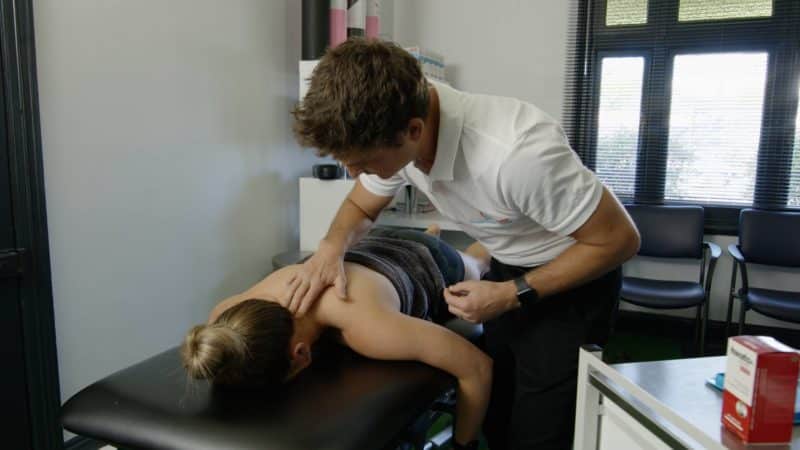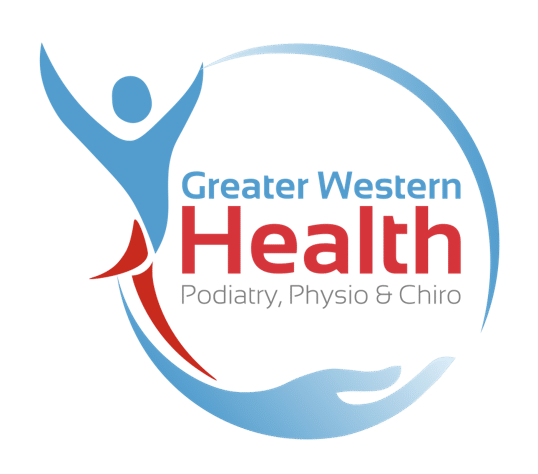Chiropractic Movement & Maintenance
Feeling fine? Great. Here’s why ongoing chiropractic care helps you move well, stay strong, and dodge setbacks before they start.
There’s no better feeling than finally shaking off a nagging pain. You’re sleeping better, moving easier, and getting back to your usual self. But once the crisis is over, there’s often a lingering question: How do I stop this from happening again? That’s where movement and maintenance come in.
Ongoing chiropractic care isn’t about endless appointments or a lifetime of adjustments. It’s about supporting your body’s long-term strength, balance, and mobility, so you can keep doing what you love without being blindsided by another flare-up. Because let’s be real, you shouldn’t have to wait until you’re hurting to take care of your body.

What Is Maintenance Care?
If you’ve never heard of “maintenance care,” it might sound like code for “you’ll need to come in forever.” But that’s not the case.
Here’s the truth: maintenance care is a long-term strategy focused on keeping your spine and nervous system functioning well, after you’ve already hit your recovery goals. Think of it like servicing your car. You don’t wait for the engine to explode. You get check-ups to keep it running smoothly.
It’s both preventative and performance-based. Some people come in every couple of months, while others come in every 6 to 8 weeks. It all depends on what your body needs, your lifestyle, and how you’re feeling.
Why Movement Matters More Than You Think
Here’s something we wish more people knew: spinal health isn’t just about lying on a table and getting adjusted. Movement is medicine.
Whether it’s gentle stretches, posture work, or targeted exercises, moving well supports a healthy spine and nervous system. It strengthens muscles, fires up neural pathways, and helps you feel more in control of your wellbeing.
No cookie-cutter routines here either. Movement plans are tailored to you. Your job, your goals, your past injuries. And yep, we often collaborate with physios and other movement professionals if that’s what’s going to serve you best.


Building a Plan That Works for You (Not Just Us)
Everybody is different. So, it makes sense that every post-recovery plan should be too.
We start with a reassessment: examining how your body is tracking and where you want to be. From there, we work together on a plan that fits around your life. Not the other way around.
Tapering off care gradually? Totally normal. Some clients book regular check-ins, others touch base a few times a year. You’re in the driver’s seat, and we’re here to support you, whether that’s more often, less often, or just when things feel “off.”
Signs Your Body’s Whispering for Help
Pain isn’t always the first sign that something’s wrong. Sometimes, it starts as a whisper.
Noticing stiffness when you wake up? Feeling tired for no reason? A subtle limp, tight muscles, or even your shoes wearing unevenly, these are your body’s quiet ways of asking for support.
After a few visits, many people develop a sense of what “normal” feels like in their body. So when something shifts, even a little, they know it’s time to check in before it snowballs.


What Ongoing Care Looks Like at Greater Western Health
We’re not here to lock you into anything. In fact, we pride ourselves on being the opposite.
Our ongoing care model is flexible and open-door. Some clients pop in every 2-4 weeks, others prefer every 8-12. The schedule is yours. No pressure, no push.
It’s about partnership, not prescription. You lead the pace, we walk beside you.
So whether you’re an athlete fine-tuning your performance, a desk worker trying to avoid burnout, or a parent chasing after toddlers, our goal is simple: keep your body working for you, not against you.
Ready to stay strong, mobile, and ahead of the pain?
Let’s build a plan that works for your life, not just your spine. Book your next visit or swing by for a check-in. You’ve got this, and we’ve got your back.
WE ARE PROUD PARTNERS OF




